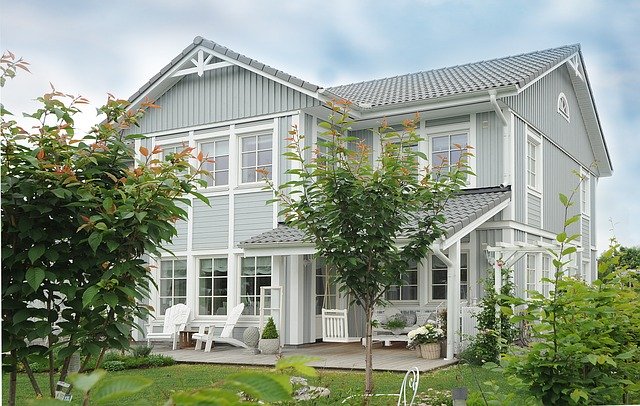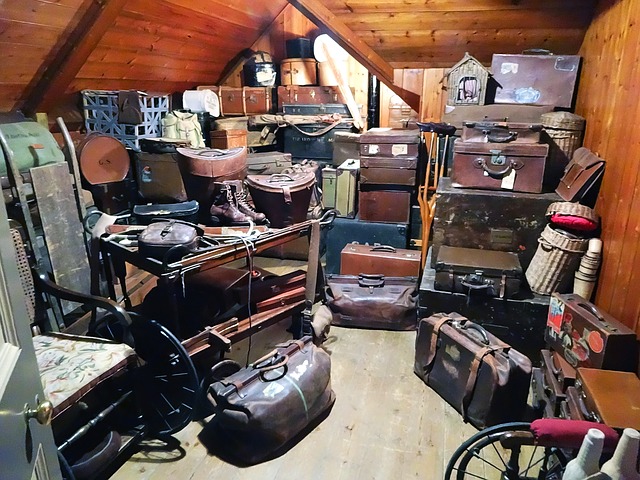A Verandah or the porch attached to a building can be called the nurturing space of the house. It has been an important part of our homes for centuries now, but its importance and necessity can only be accentuated by the lack of space in today’s world. Especially in the big cities where the steady rise in population had led to the gradual decrease of our living space, a Verandah comes as the pragmatic solution for our need to relax ourselves in the space outside.

The importance of a Verandah is duly highlighted in Vastu, since, Vastu emphasizes on the good health and the well being of the residents in a house. Verandah is considered an essential part of the house because it is a space where we can get the morning sunlight and fresh air, two of the key factors in keeping us physically, emotionally and spiritually healthy.
In keeping with the overall fitness and the well being of a person, the Vastu offers the following rules for a Vastu compliant Verandah and also the necessary alignment and the position of things in our Verandah.
- Since the primary function of a Verandah is to receive ample sunlight which is not possible inside our homes, given to the obvious confined private spaces our homes are limited by the walls and ceilings, a Verandah is and should be our primary source of open air and direct sunlight. Adhering to this logic, Vastu mentions that a Verandah should rightfully be located in the Eastern or the Northern side of the house. This is keeping with the fact that the direction of the “sun rise” is in the East.
North or the North-east is an important site for building Verandah as it is believed to bring positive vibration and energy to the house. This is considered the key element, so much so that the Vastu has mentioned that if a balcony is built in any other direction than the East or North East then it should be effectively covered. This is done to avoid negative energy according to Vastu principles.
Not just the balcony or Verandah, even the roof of the Verandah is supposed to avoid facing the South, South West or South East directions. In case of the need to cover a balcony due to it being non compliant to Vastu principles, it is advisable to make the slant of the roof covering the Verandah facing North, East or North-East in the horizon.
- Vastu principles also state that the floor and roof of the balcony should, always be lower than the floor and roof of the main building. This can be explained by the logic that lowering the roof and floor of a Verandah accentuates its function, in the sense that, a Verandah being an open space is prone to direct sunlight and heavy rains too. So having a lower floor and roof makes it possible to maintain a cooler temperature and the water collected on the floor does not seep inside the house because of the relatively lower height of the balcony floor.
- Ideally a Verandah should be open according to Vastu, however, if there is a need for a roof, then, it should be constructed with cement, avoiding the use of tin. We usually place flower pots in our Verandah and it has been advised to keep them in the North-East direction as we get a good supply of sunlight in this direction, essential for the sustenance of plants and flowers.
Vastu Shastra has also implied the importance of having as many windows and ventilations as possible in a balcony. This is in keeping with the fact that this method of construction diffuses a significantly larger amount of sunlight and fresh air inside the house.
Furthermore, it has been said that the plants should be relatively small. Heavy or tall plants should not be kept in the North-East side of the Verandah. This is done to avoid obstruction of the early morning sun which can be caused by big and tall plants. In case of such big tall plants, it is advised to keep them facing the South-West direction. This not only clears the path for the morning sun but is also believed to bring peace and stability to the people living in the house.
- A Verandah is not just a place for our leisure and relaxation but also has its utility. For instance, people usually keep their washing machines in the Verandah. With it comes the necessity of draining water. Not just with the washing machine but also otherwise, since a Verandah is an open space and may accumulate rainwater. Hence there is a prominent need of making a trap in the Verandah for the sole purpose of draining unwanted water. Vastu has emphasized that this trap should never be placed in the South-West side of the Verandah as this may result in the draining of wealth of the family who own the house.
- We usually place furniture in the balcony to sit and relax while watching the morning sun or for the afternoon siesta. However in Vastu, it is advised that we best avoid heavy or cumbersome furniture in order to avoid hindering the path of sunlight. It is suggested to have the furniture in the South-West side of the Verandah. Also it is a common practice to hang a swing in our Verandah, it is preferable that the swing is placed in the East-West direction so that the person enjoying the contraption is facing the North or South direction.
- While constructing a Verandah it is also of prime importance that the Verandah is not built in a rounded or in an arched pattern. The ideal shape of a Verandah is thereby mentioned as squares and rectangles in the Vastu Shastra. It is therefore important that the walls meet at an angle of ninety degrees.
- Vastu also states that in order to attract prosperity and abundance of wealth in a family, it is favourable to build water pools, fountains or lily pools in the Verandah. These fountains and lily pools should strictly face the North-East because the ruling element of the North-East zone is water and one should be honouring this element by keeping the fountains and pools in this area.
- A perfect Verandah, in accordance with Vastu, should never be projecting alone. This initiates a cut in the important part of the house, especially the northeast zone. This area of the Verandah is considered to be in sync with our mind or mental health and a sharp cut here means that we deprive ourselves of our mental wellbeing.


